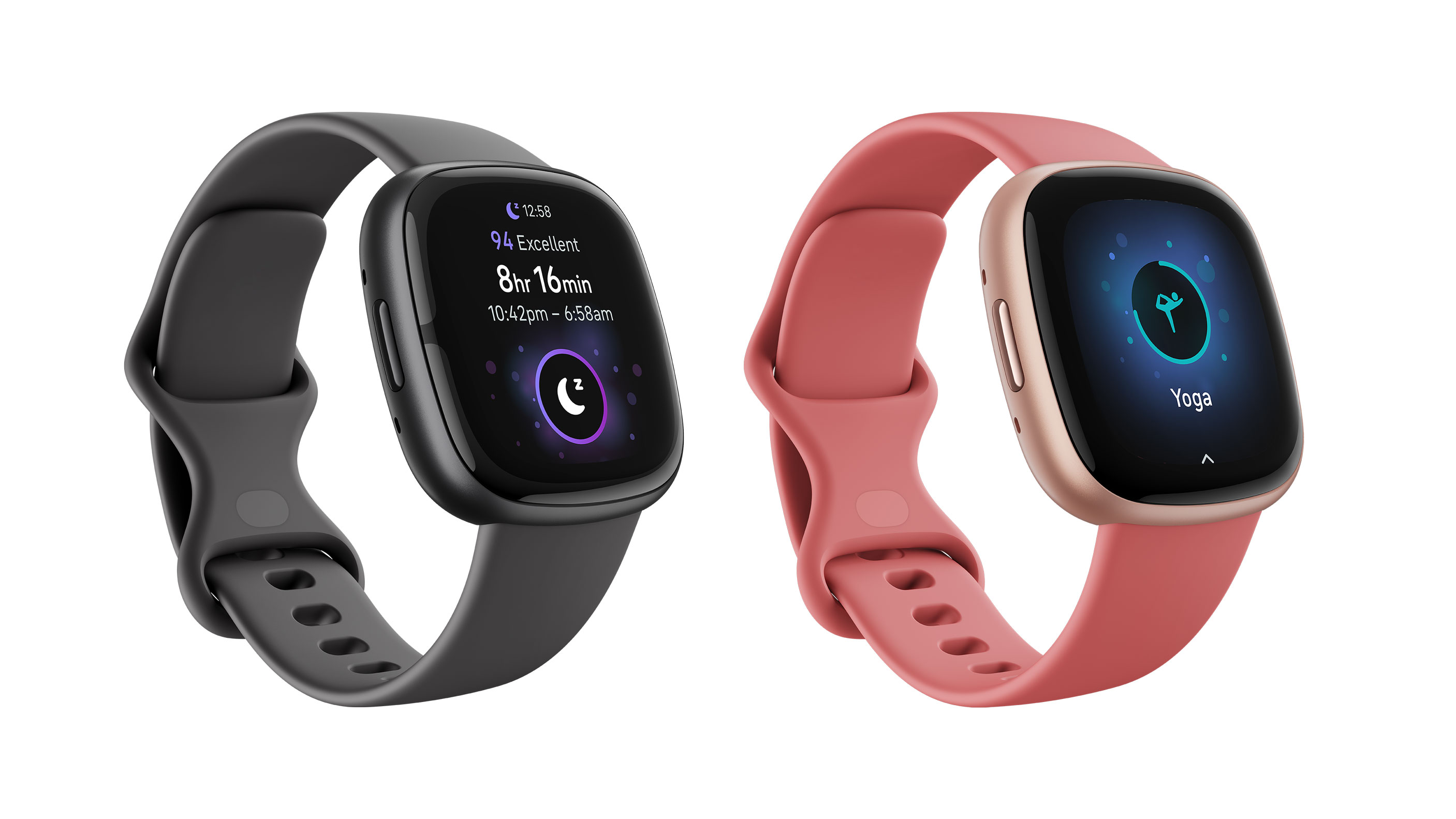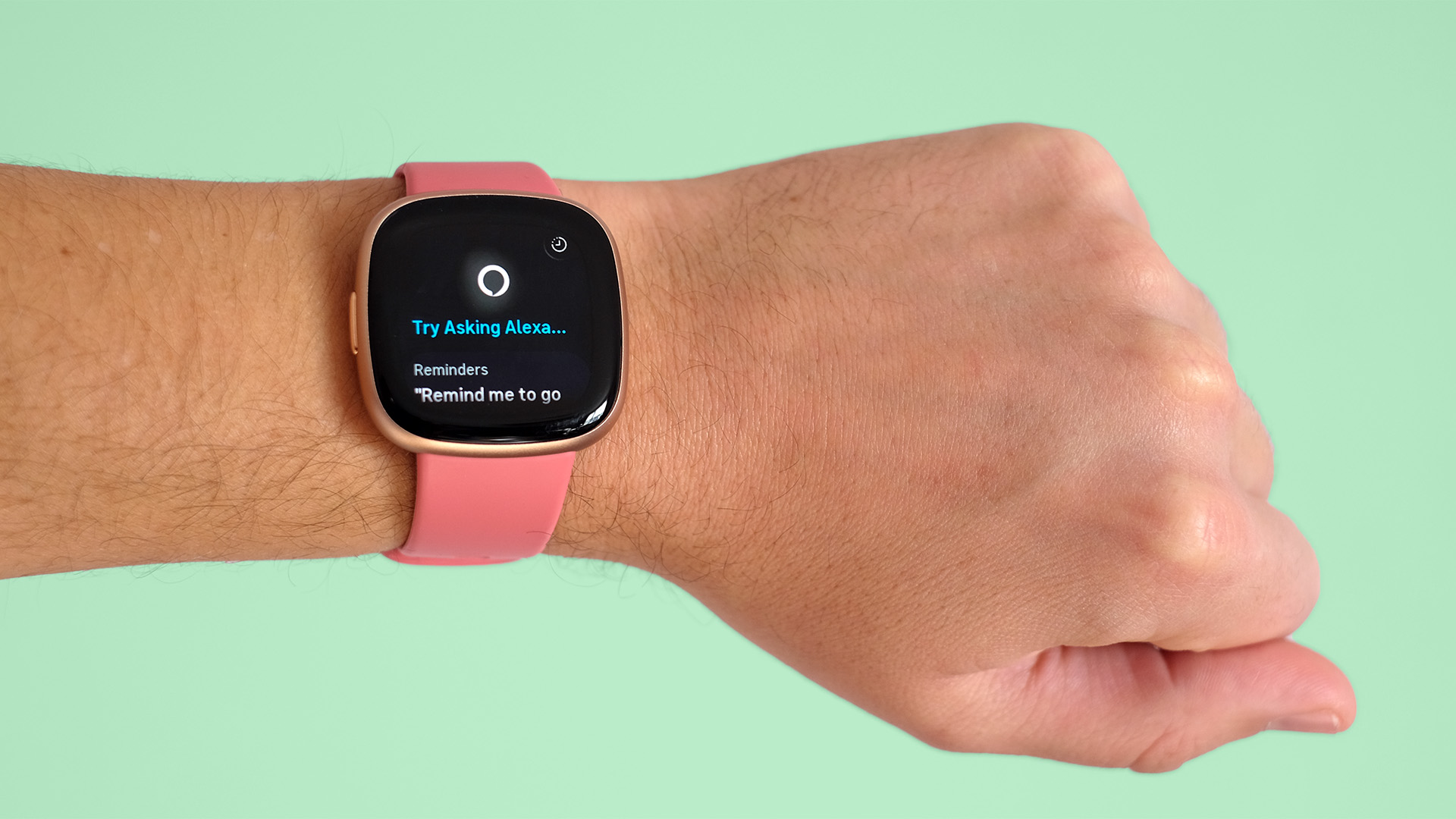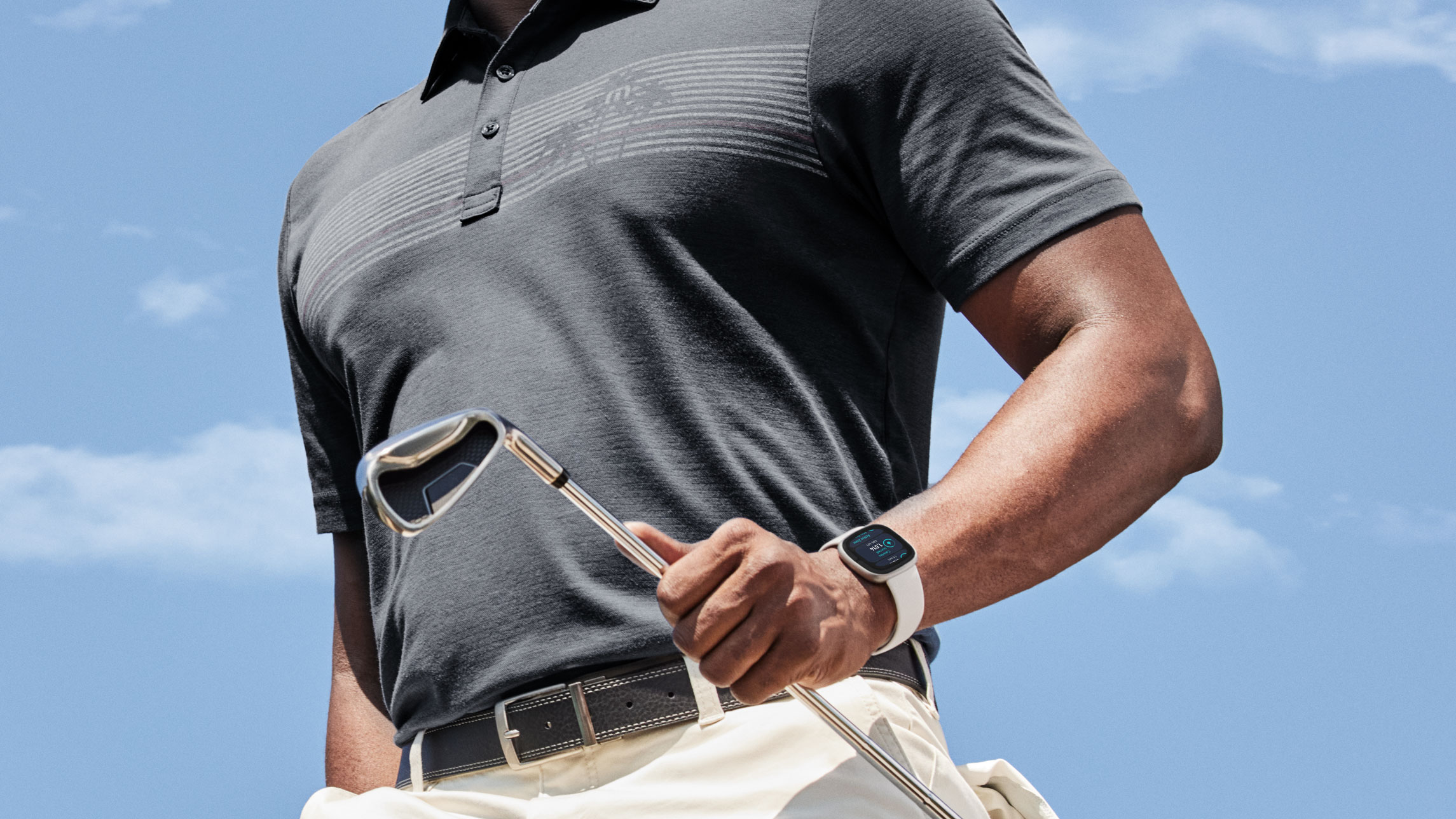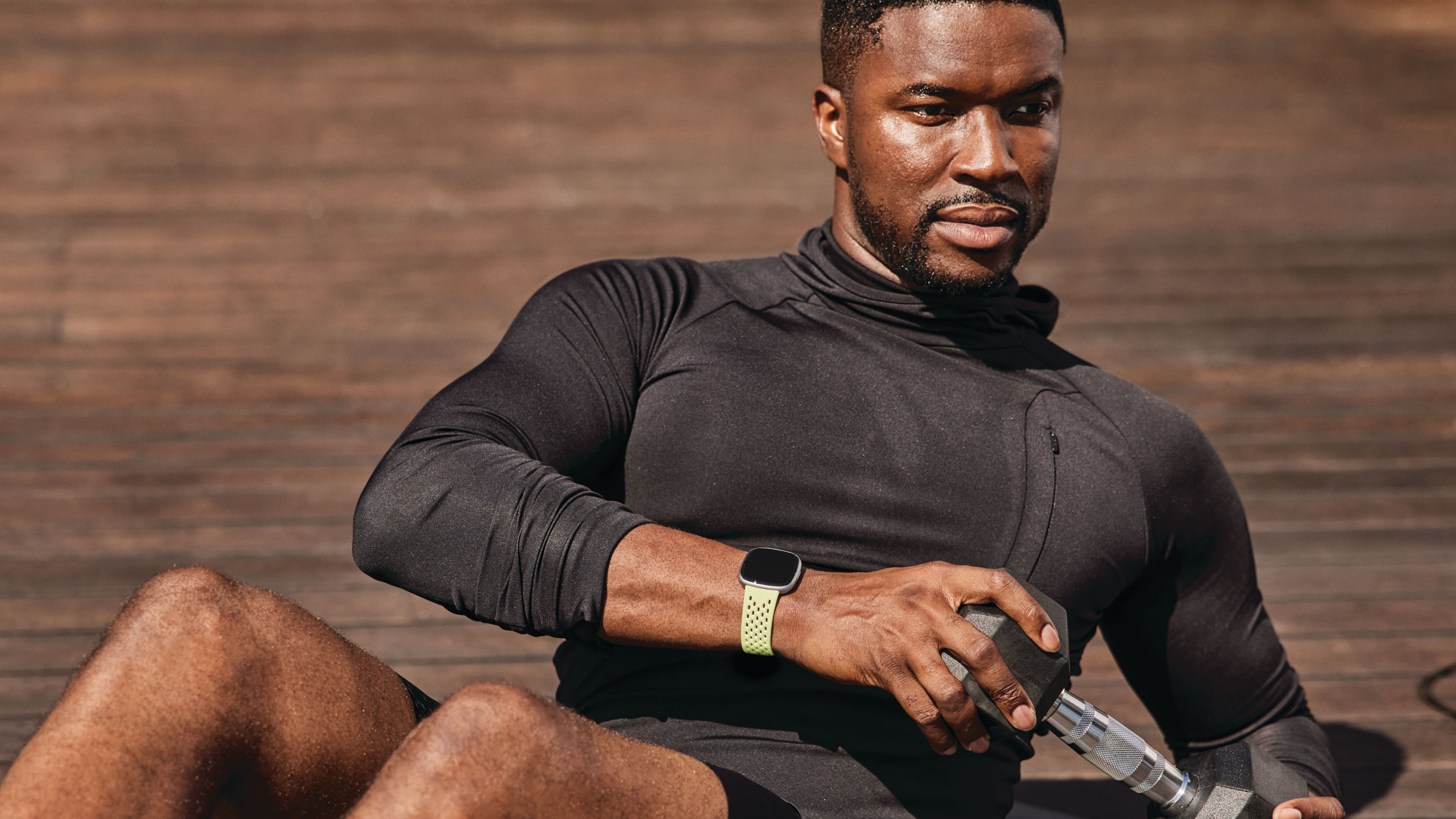Fitbit Sense 2 vs Fitbit Versa 4: Which new watch is right for you?

The Fitbit Sense 2 and Versa 4 are the latest versions of the best Fitbit watches. They’re stuffed with exercise features, designed to encourage regular movement, monitor your stress levels, track your sleep and log your workouts.
They’re not incredibly well-designed for dedicated runners and cyclists, so existing marathon runners and triathletes might want to look elsewhere, but they’re perfect for weekend warriors and exercise beginners. They represent a more casual alternative to the Google Pixel Watch and the best Garmin watches, and are ideal for regular exercisers looking to get a little more out of their workouts in 2023.
Needing to slot in next to the Pixel Watch has led to a watering down of some Fitbit features, though, and we think this makes the Fitbit Versa 4 a more compelling buy than the pricier Fitbit Sense 2. However, have a shop around online. as we have seen the Sense 2 for selling well under its original cost.
Fitbit Versa 4 vs Fitbit Sense 2: Price and Availability
The Fitbit Versa 4 and Sense 2 launched at the same time, in September 2022. The Sense 2 is the more expensive of the two, originally retailing at $299.99/£269.99/$445AU compared to $199.99/£169.99/$379.99AU for the Versa 4.
However, within a couple of months of the release, both watches were already seeing big discounts, with the Versa 4 down to $149 in the US. Think twice before paying full price for either of these watches, as chances are if you can’t find a deal, there’s one on the horizon, especially during January.

Fitbit Versa 4 vs Fitbit Sense 2: Design and Display
The Versa 4 and Sense 2 are two very similar-looking watches with Fitbit’s characteristic ‘squircle’ chassis. They are more of a square shape than an Apple Watch, more rounded-off than a Garmin Venu Sq. The visible differences between the two watches are all down to the additional sensors found on the Fitbit Sense 2. When its front catches the light you’ll be able to see a slightly metallic-looking border around the Sense 2’s screen. There’s much more metal on the back thanks to the Sense 2’s additional electrodes, which account for the Sense’s higher price.
As such, the Fitbit Versa 4 looks fractionally better than the Sense 2 in our opinion. Build quality is much the same, though. They have curved glass screen protection, a band of aluminum around the sides. And much of the rear is plastic. Both have a physical button, which works out much better than the touch panel of the last-gen models. The Versa 4 and Sense 2 screens are more or less identical, 1.58-inch OLED panels with resolution of 336 x 336 pixels.
Sign up for breaking news, reviews, opinion, top tech deals, and more.
Look dead close and you can see a wee bit of pixelation, but these are decent screens with enough brightness to stand up well on a sunny day.
Fitbit Versa 4 vs Fitbit Sense 2: Features and Battery life
Let get down to the real feature disparities between these two watches. They both have a heart monitor and GPS, but only the Fitbit Sense 2 has a set of little metal electrodes on the watch’s front and back. These enable two of the Sense’s stand-out features, EDA stress tracking and ECG heart rate readings. Both of these were present in the original Fitbit Sense, and they monitor changes in the body’s electrical signals.
The ECG feature can map out your heart’s sinus rhythm better than the optical heart rate reader seen in both of these watches. Unusual results could be a sign of an arrhythmia, an indication to get checked out my a medical professional. Fitbit’s EDA sensor looks at the electrical conductance of your skin, to estimate your sweat levels. It’s a stress indicator. To see either of these at their best —ECG and EDA — you have to sit still for at least 30 seconds with your hand over the display, so your skin is in contact with those front-mounted sensors.
The big change for this generation is that the stress sensor tech can also work all day, passively. This is presumably because the Sense 2 has two rear sensor panels, where the original Sense had just one.
You’ll get an alert when the watch senses an EDA “event”, and it will ask you what you were feeling at the time. While we get what Fitbit is going for here, it feels a bit wishy-washy next to our recent experiences with higher-end Garmin watches, which have piped up with a more direct “mate, you’re getting a bit stressed right now” message. Which we have paraphrased, obviously.
Sensing stress and abnormal heart patterns are getting better in wearables, and that means the extra hardware of the Sense 2 doesn’t have the impact it did last time around. Basically everything else here is the same between the two watches: the Versa 4 can be used for wireless payments, can connect to Alexa in a moderately successful fashion and has a (tinny as heck) built-in speaker for replies. Both watches have good sleep tracking.

However, both are a bit of a downgrade compared to some older Fitbit models in a couple of key respects. The Fitbit Versa and Sense lines no longer support third-party apps. While the Fitbit app scene has never been all that vibrant, we did at least have a Spotify app. That’s gone. There’s also no support for music here at all: no on-watch playback, not even control of tracks playing on your phone. This is problematic for both watches, but we’re less incensed about it in the Versa 4 because it’s cheaper. Garmin’s Venu Sq 2 doesn’t offer good music support at this price either.
Google, which owns Fitbit these days, plans to add Google Maps step-by-step nav to these watches at some point. But as we write this it’s still not available, at least to our UK models.
There’s little interesting to say about the battery life of these watches, as it’s pretty much the same. Fitbit rates both watches at six days per charge, which is feasible unless you use the always-on screen mode, which reduces battery life to around 2.5-3 days. This goes a long way to making us forget the limited smarts here, as living with a Versa/Sense is so much easier than doing so with a high maintenance Apple Watch.
Fitbit Versa 4 vs Fitbit Sense 2: Fitness tracking
The Fitbit Sense 2 and Versa 4 have the same fitness tech inside. It’s only the “health” side that changes significantly.
But are they the same? When we initially reviewed these two watches we found they have kinda B-grade GPS and a C-grade heart rate monitors. However, their failings weren’t exactly the same.
The Versa 4 tended to overshoot HR during exertion spikes, while the Sense 2’s results were pretty much straight trash for the first few minutes of a workout.
With both to hand for this comparison, we took them out for a roughly 7.5km run to see if their results would be identical. Here’s how they stack up. These are the summary stats we saw at the end of the run.
Fitbit Versa 4 vs Fitbit Sense 2: Comparative stats
- 87 vs 87 Activity Zone points/minutes
- 7 vs 7 Fat Burn
- 80 vs 80 Cardio and Peak
- 7.59km vs 7.47km
- 143bpm vs 141bpm average HR
- 164bpm vs 162bpm maximum HR
- 583 calories vs 575 calories
- 7073 steps vs 7029 steps

A two bpm disparity in the average and maximum heart readings is disappointing given, as far as we can tell, these watches have the same HR hardware. Digging in into the results graph, though, the Versa 4 seems to have reverted to the kind of performance we saw in our initial Sense 2 review as well.
The first handful of minutes are all over the shop, a ragged mess of ups and downs, before the Versa 4 settles down to much more believable readings. You don’t get as strong HR accuracy here as you do with an Apple or Garmin watch. However, it’s good enough for everyday run and gym session tracking.
A distance disparity of 120m isn’t too bad, 0.8% of the total distance. And this separation seemed to be largely established in the workout’s early stages, rather than increasing significantly as the run went on.
GPS lock-on time was virtually identical here, much slower than the Garmin Enduro used for our last test run. But, let’s be fair, these two had been left sitting not doing much for at least a couple of weeks. Lock-on took around 30 seconds.
The one set of stats these watches were in complete alignment on was the time spent in different exertion zones. Fitbit goes big on these, less so on actually digging deeper into specific stats.
Both watches will also count your stairs climbed each day, because they each have an altimeter. And if you want to see long-term health and fitness trends, you’ll need to subscribe to Fitbit Premium. It’s a paid-for service that also offers guided workouts and nutrition advice.
Fitbit Versa 4 vs Fitbit Sense 2: Verdict
The Fitbit Sense 2 and Versa 4 are similar watches. They’re fairly good-looking and primarily offer fitness and health tracking features, with some smarts tacked on to offer the illusion they’re like an Apple Watch with week-long battery life rather than one-day stamina.
In reality this is less true than ever, thanks to an effective eradication of the Fitbit app ecosystem and the loss of any music features. These cuts make the Fitbit Versa 4 seem a better buy than the Sense 2. Its lower price lets the Versa work the new Fitbit angle much more successfully.
However, our bias is showing here. We’re more interested in fitness than heart health, and the prospect of sitting still regularly while the Sense 2’s special features do their thing is rarely all that appealing.

Andrew is a freelance journalist and has been writing and editing for some of the UK's top tech and lifestyle publications including TrustedReviews, Stuff, T3, TechRadar, Lifehacker and others.